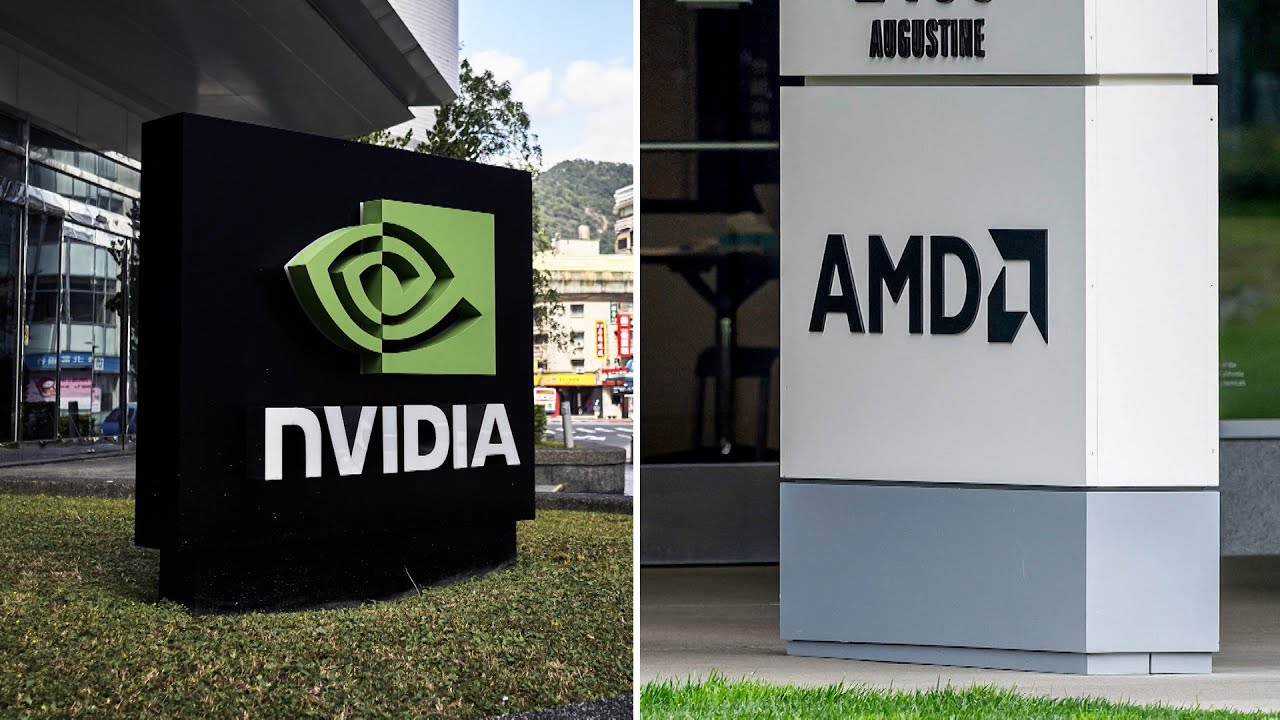The Nvidia and AMD deal granting 85% revenue access to China sets a concerning precedent, raising questions about long-term market implications and operational challenges in restarting supply chains amid stringent export controls. While AMD actively engages with U.S. officials to balance national security and market access, improving Chinese semiconductor capabilities and geopolitical tensions pose ongoing risks to U.S. companies’ dominance in China’s AI and tech sectors.
The discussion begins with Stacey expressing concerns about the precedent set by the Nvidia and AMD deal allowing 85% revenue access to China, which, while better than zero, raises questions about the long-term implications. She highlights the slippery slope of quid pro quo arrangements, questioning why such restrictions and exchanges should be limited to AI products and not extend to other sectors. Stacey emphasizes the importance of maintaining competitive access to the Chinese market to prevent it from being dominated by local companies like Huawei.
The conversation then shifts to the operational challenges Nvidia and AMD face in restarting their supply chains in China. It is noted that while some work-in-progress inventory exists, the companies will need significant time—potentially six to nine months—to ramp up production fully, especially if new wafers must be manufactured from scratch. This delay impacts when these companies can realistically begin booking revenue from sales in China under the new licensing arrangements.
Further analysis touches on the long-term access of Nvidia and AMD to the Chinese market. Stacey points out that while AMD has a roadmap for compliant products that may not require licenses, Nvidia’s future plans remain less clear. She also notes that China’s local semiconductor products are improving and may outperform what Nvidia and AMD are allowed to sell under current restrictions. Over time, this could widen the performance gap and challenge the dominance of U.S. companies in China’s AI and semiconductor markets.
The discussion includes insights from Lisa Su, CEO of AMD, who has been actively engaging with U.S. government officials to balance national security concerns with the need to proliferate U.S. AI technologies globally. Lisa Su’s efforts are seen as positive, helping to navigate the complex regulatory environment and maintain some level of market access in China despite stringent export controls. Her visibility and advocacy are contrasted with other industry leaders who may be less engaged in these diplomatic efforts.
Finally, the broader geopolitical context is touched upon, including remarks from former President Trump on U.S.-China relations and the ongoing conflict involving Russia and Ukraine. The conversation underscores the delicate balance companies like Nvidia and AMD must strike between complying with U.S. government policies and sustaining their competitive positions in critical international markets. The evolving regulatory landscape and geopolitical tensions continue to shape the future of technology exports and market access in China.
